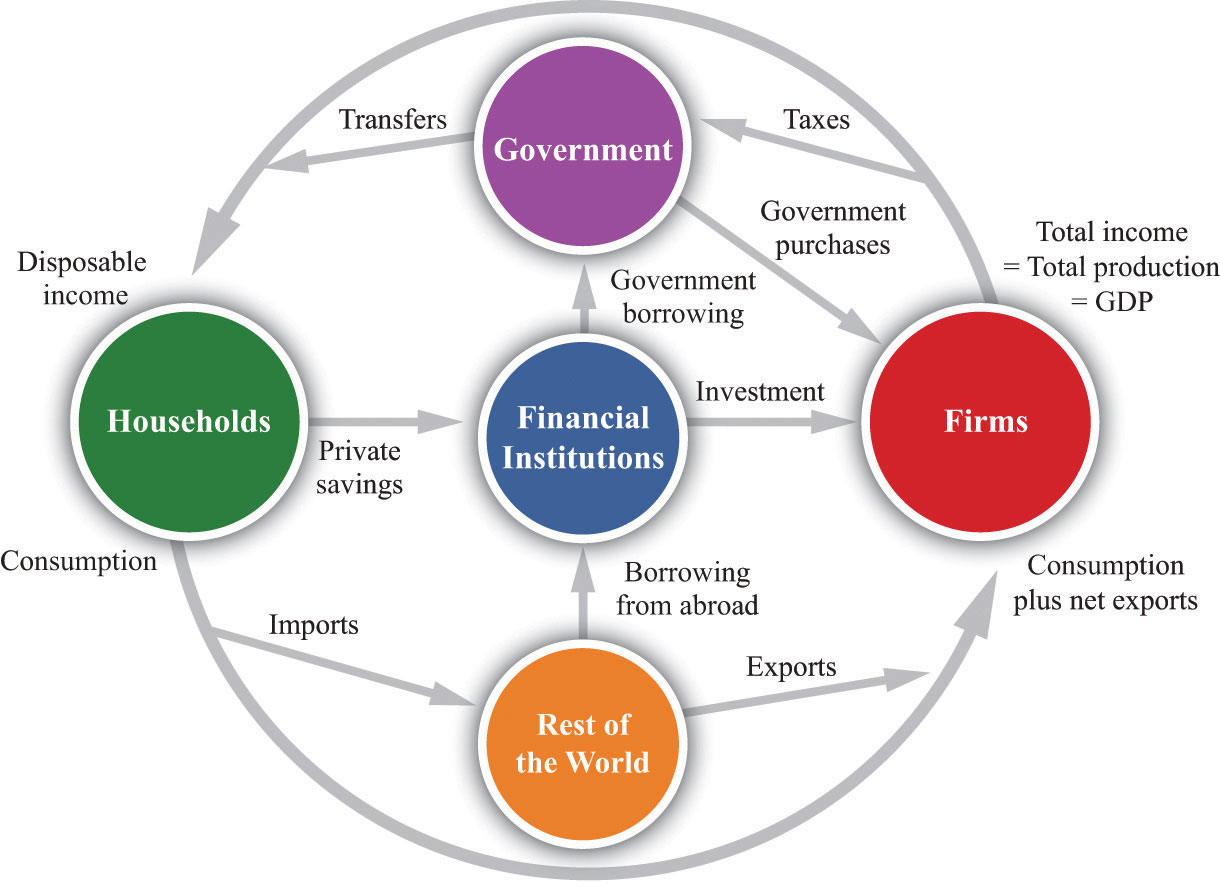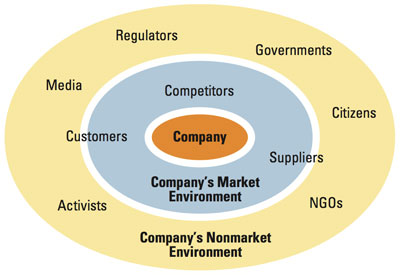When we talk about nonmarket strategy, there are many factors that impact a firm. Here we will talk about the three most important aspects that a firm needs to be thinking about are – land, labor, and climate. We already talked about the climate in the last post. We will discuss more labor and land here.
Volkswagen Emission Scandal: An important case to understand the impact of non-market forces on a company is the case of Volkswagen which came into light in 2014-15. The company used a defeat device to cheat the emission tests giving false readings while the cars were being tested for emission against CCA emission standards. Volkswagen had ambitious revenue and sales goals, but at the same time, it suffered from high labor and manufacturing cost due to the way decision-making power had a big role in labor representations. Once the scandal was highlighted, Volkswagon came up with a strong nonmarket strategy under the new CEO where they invested heavily in future-oriented electric cars.
Land: Land is an important input for any business, to open factories, offices, storage units, etc. any firm needs land. Along with being important, the land is also a very complicated input to attain. Most land is owned by private owners or households. Obtaining a big chunk of land in a developing country like India which has a high population density can be a big challenge. The difficulty factor will vary based on factors like population density, type of land (land currently used for agriculture or residential purpose), connectivity (factories want easy access to roads, airports, shipping ports, etc.), and so on.
An interesting case study for land acquisition in India is the Tata motors Singur case in West Bengal, where the organization failed to set up the factory due to opposition from landowners. Without getting into political aspects, we will look at the Land acquisition act LARR which was the result of the Singur case.

Rather than a forceful acquisition of land, consent-based ownership transferred needs to be in place. One solution is to go for an auction-based option given to landowners, where every owner can give their expected value of the land. The firms can choose the lowest bidders and an option of giving an alternate land can be given to people who are not ready to give up land for money. Another option that is in need of the hour is to rather than going horizontally, firms need to think more of going vertically when setting up new factories to help optimized usage of land. Also, profit-sharing options should be given to landowners.
Labor Laws: Labor is a necessary requirement for any kind of business. Any firm looking to set up a business at any location needs cost-effective skilled labor. A very simple calculation is how much investment of X per hour in labor is yielding in terms of outcome. Labor laws in any country will give directions for the discharge or dismissal of workers, wages, bonuses, lay-offs, retrenchment, and work conditions. For example, minimum wages laws help ensure that firms are paying a basic minimum wage so that workers can live a decent lifestyle.




